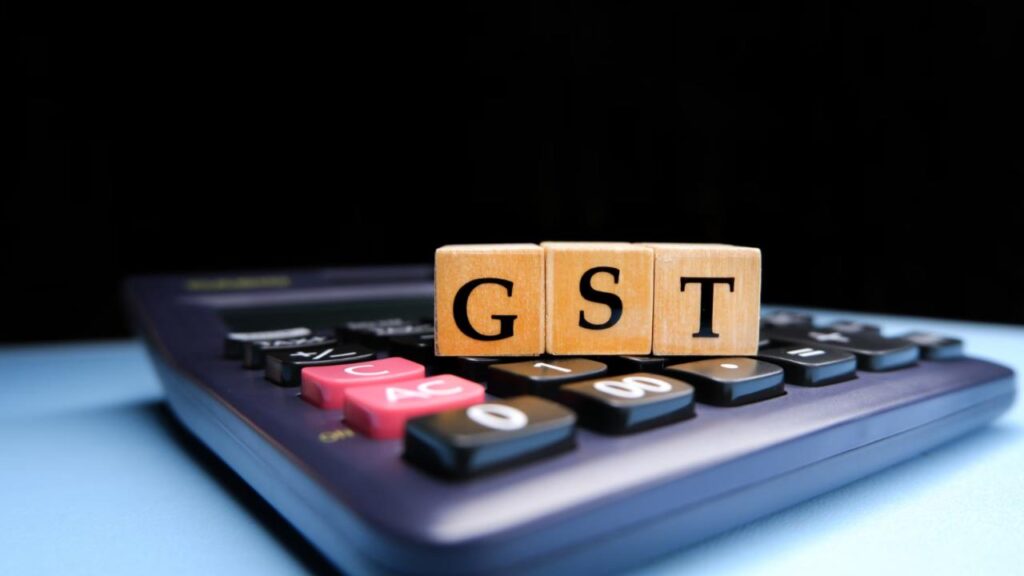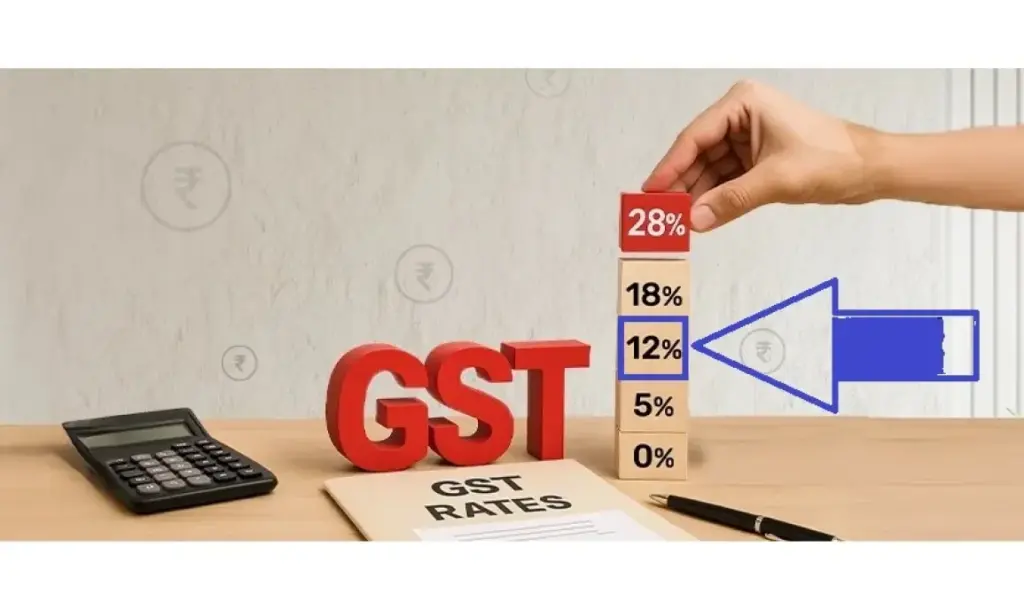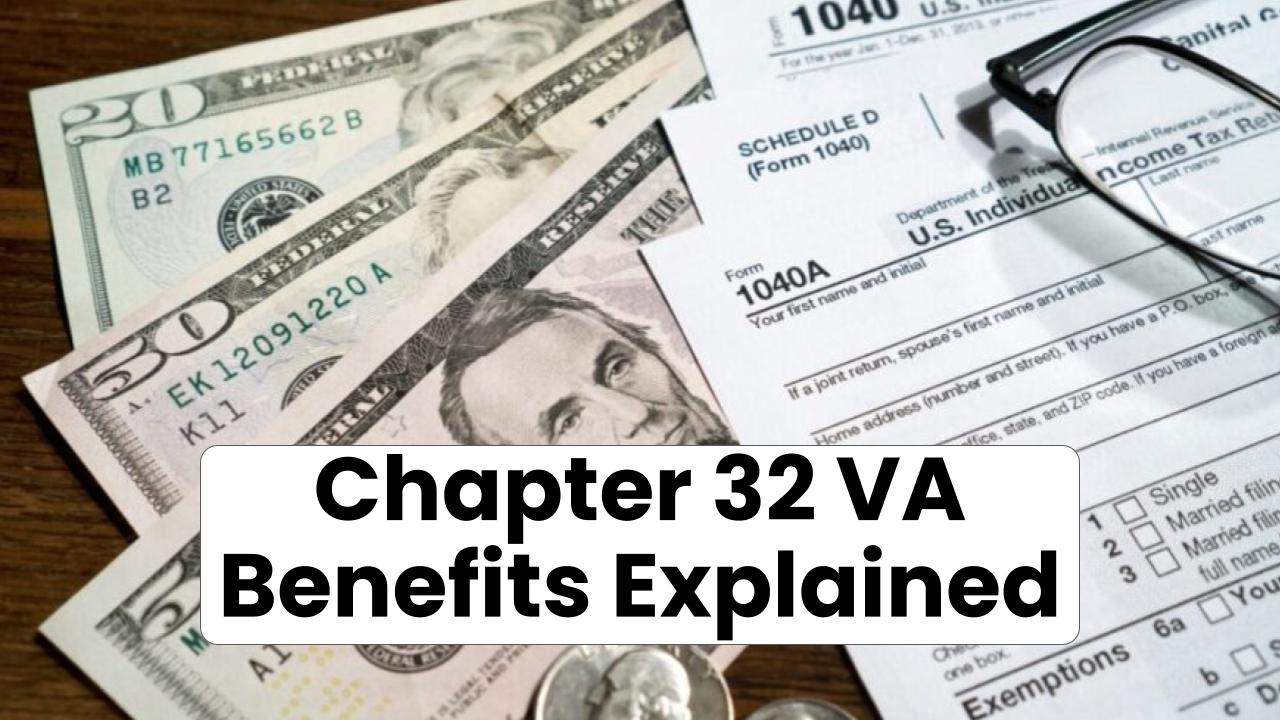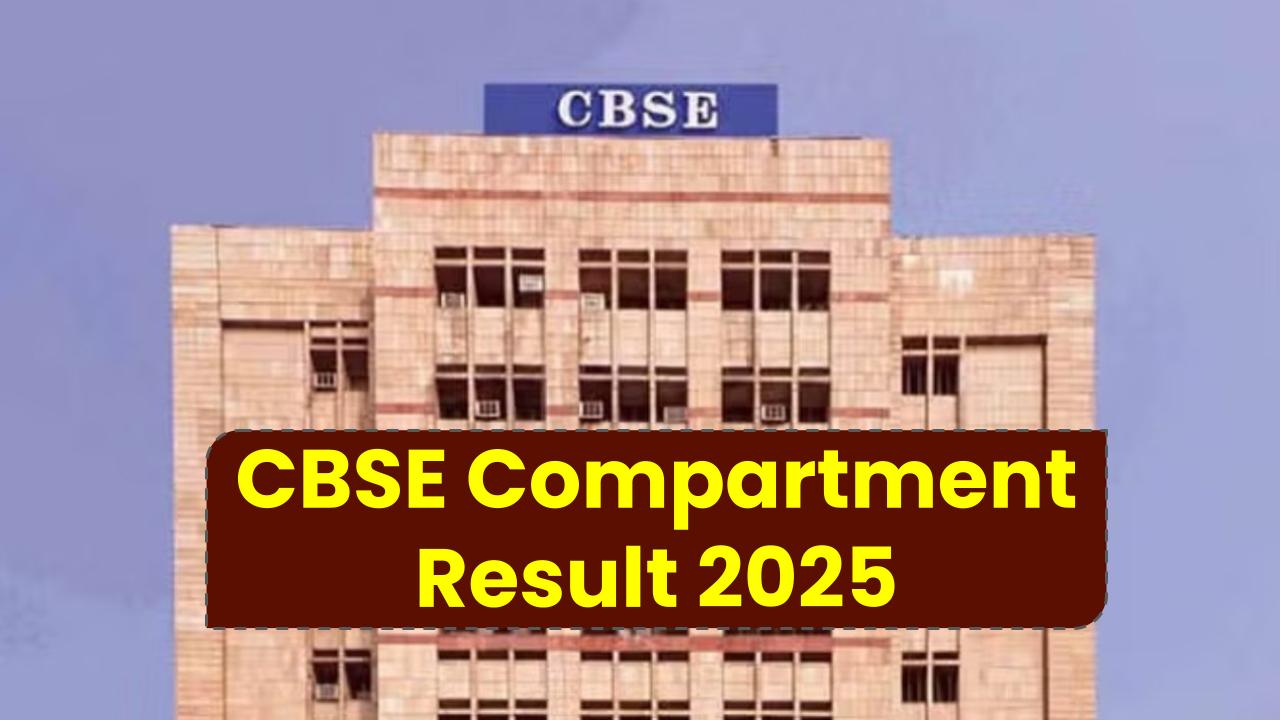Big changes might be coming to your monthly budget—and in a good way. The GST Council may scrap the 12% tax slab, making way for a more streamlined and wallet-friendly tax structure. If that happens, common household items like milk powder, toothpaste, umbrellas, and even pressure cookers could become a whole lot cheaper.

Whether you’re a business owner, a homemaker, or just someone trying to stretch a dollar, this update could impact your daily spending. So, what does it all mean, and how can you benefit? Let’s break it down.
GST Council May Scrap 12% Slab
| Feature | Details |
|---|---|
| Proposed Change | Elimination of 12% GST slab |
| Possible New Rate for Affected Items | 5% or 18% |
| Everyday Items Impacted | Cheese, butter, electric irons, umbrellas, sanitary pads |
| Insurance Tax | Pure term life insurance may become tax-free (0% GST) |
| When Will It Happen? | Decision likely in next GST Council meeting (56th session) |
| Why It Matters | Aims to simplify tax, reduce inflation burden, and increase consumer savings |
| Official Resource | GST Council Official Website |
The proposed scrapping of the 12% GST slab is not just about numbers—it’s about making everyday life easier and more affordable. Whether you’re managing a household or running a business, this change could mean more money in your pocket and less hassle at tax time.
The decision will reflect the government’s intent to walk the fine line between revenue collection and public relief, especially during a time when economic recovery is critical.
What Is GST & Why This Change Is a Big Deal
GST (Goods and Services Tax) is a value-added tax levied on most goods and services sold for domestic consumption in India. Think of it as a nationwide sales tax.
Since GST’s rollout in 2017, there have been four primary tax slabs: 5%, 12%, 18%, and 28%. But experts and policymakers have long argued that having too many slabs complicates the system.
So, scrapping the 12% GST slab is part of a larger plan to simplify the tax structure—bringing more clarity for businesses and fairness for consumers.
Items That Could Get Cheaper if the 12% Slab is Scrapped
If the council decides to move items from 12% to 5%, here’s what might cost less soon:
Food & Dairy
- Butter, cheese, condensed milk
- Packaged dry fruits
- Frozen vegetables
Personal Care & Hygiene
- Toothpaste, soap, and sanitary napkins
Household Essentials
- Electric irons, pressure cookers
- Kitchen utensils
- Packaged water
Lifestyle & Mobility
- Bicycles
- Umbrellas
- Writing instruments and stationery
These are the very things that affect everyday living, especially for middle and lower-income households.

The Economics Behind the Move
- Curb inflation: Lowering GST on essentials can bring down prices
- Boost consumption: Cheaper goods = more sales
- Simplify compliance: Fewer slabs make it easier for businesses to file returns and remain compliant
A similar tax simplification in Malaysia and the UK showed improved compliance and better revenue collection in the long run.
What’s Changing for Insurance & Services?
Aside from physical goods, insurance products are also under review:
Life & Health Insurance
- Pure Term Life Insurance: May go from 18% to 0% GST
- Health Insurance Premiums: Likely to be lowered from 18% to possibly 12% or 5%
That means lower premiums and higher affordability—a move that could push more people to buy life and health cover. Given how underinsured India still is, this could be a game-changer.
How This Impacts Small Businesses & Professionals
If you’re a shop owner, D2C entrepreneur, or manufacturer, here’s how this affects you:
Pros
- Lower costs for inputs = better margins
- Easier compliance with fewer tax brackets
- Improved customer sentiment = more sales
Watchouts
- If your products move to 18% instead of 5%, pricing may need to be adjusted
- Transitional compliance (filing, inventory adjustment) could require short-term changes
Step-by-Step Guide: What to Expect Next
1. GST Council Meeting (56th session)
Expected to take place later this month. Official agendas typically include public interest items and tax structure reviews.
2. Notification in Gazette
Once approved, changes will be formally notified by the Ministry of Finance.
3. Implementation Timeline
Usually rolled out within 30 to 60 days of approval.
4. Industry & Retail Adjustments
Manufacturers, retailers, and service providers will align their pricing and tax filings.
FAQs
Q1: Is the 12% GST slab gone for good?
Not yet. It’s a proposal currently under review. Final decision expected in the next council meeting.
Q2: Will all items under 12% move to 5%?
Not necessarily. Some may move to 18% depending on classification and revenue considerations.
Q3: When will I start seeing lower prices?
If approved, changes may reflect in retail prices within 1–2 months.
Q4: How will this impact inflation?
In theory, lowering GST on essentials can help ease consumer inflation by reducing the price of goods and services.
Q5: Can this benefit exports or MSMEs?
Yes. Lower tax burdens and simplified filing help MSMEs and exporters stay competitive.








